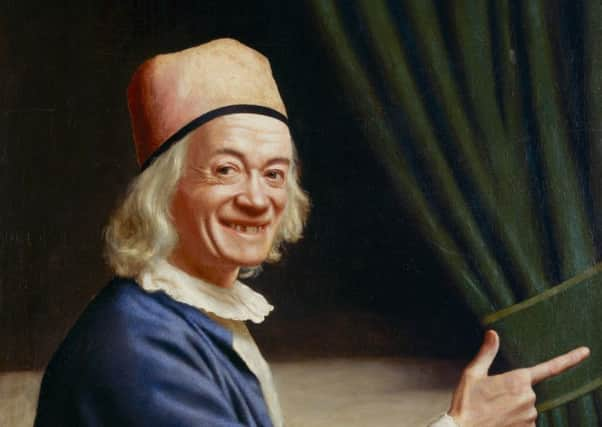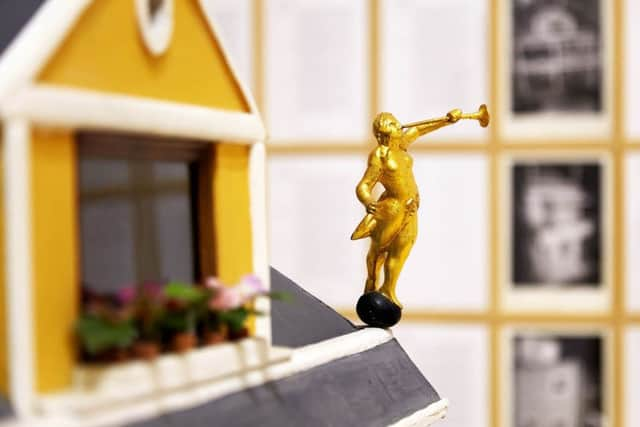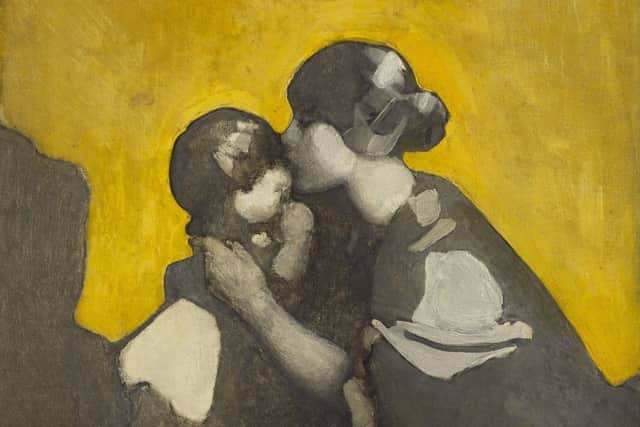The best art exhibitions of 2015


Cathy Wilkes, Tate Liverpool
In March, when Cathy Wilkes’s major show at Tate Liverpool opened, the refugee crisis was beginning to reach popular consciousness. Now it is impossible to think back to Wilkes’s haunting exhibition without seeing that relevance. In the artist’s prone and vulnerable figures of young children was a foreshadowing of Alan Kurdi, the drowned Syrian boy, and in the rags and crockery of her installation an echo of the tented camp at Calais. Wilkes was not illustrating the news of the day, but following a career-long trajectory that has tried to reimagine art’s relationship with the everyday and the excluded. In this re-orchestration of key works from the last decade, Wilkes’s frayed and faded art found a route around the head and straight to the heart. MJ
Phillip Reeves, Compass Gallery, Glasgow


Philip Reeves is the old master of our modern artists, if that is not an oxymoron. 2015 saw a long overdue retrospective of his work at Compass in Glasgow, timed to coincide with the publication of a biography of the artist by Christopher Andreae. As a retrospective should, the show brought together work from across the whole of the artist’s long career. Collage has been his favourite medium for a long time and he uses it with unmatched subtlety and skill. He is however also a great print-maker and a key figure in the revival of print-making in Scotland over the last 50 years or so. He deserved to be celebrated. DM
Jennifer Reid, Venice Biennale
Advertisement
Hide AdThere was much to like at this year’s Venice Biennale including Graham Fagen’s show for Scotland at the Palazzo Fontana, a great new film by Hito Steyerl in the German Pavilion and a wonderful exhibition by Jimmie Durham. But it was a lo-fi moment in the gargantuan visual art festival that I find I can’t forget. I was blown away by a modest solo performance by the Manchester folk singer Jennifer Reid for artist Jeremy Deller’s project Broadsides and Ballads of the Industrial Revolution. When she sang in the character of an exploited child labourer she was actually shaking with anger. I wasn’t the only person in the audience who seemed to have something in their eye. MJ
Mick Peter, Tramway, Glasgow


The daunting dimensions of Glasgow’s enormous Tramway 2 have overwhelmed many an excellent artist but sculptor Mick Peter came up trumps this year with a witty take on the art of labour and the labour of art-making. His large-scale installation of giant display “pyramids” was laid out like a luxury boutique, rendered in concrete and populated by a host of giant zips. Peter satirised consumer culture as well as design and art world hierarchies but also seemed to play with far wider ideas of thinking and making. MJ
Jean Étienne Liotard, National Gallery of Scotland
Jean Étienne Liotard is one of those artists whose work you see only occasionally. You always think to yourself “that looks good”, but never have enough to go on to understand just how good it is. That is why the exhibition of his remarkable portraits at the National Gallery was such an eye-opener. He really was good, very good indeed. His approach was very modern, too. He said of himself. “My greatest pleasure is to think purely, naturally and without prejudice of any kind... I try to think like animals, which have neither bad habits nor prejudices.” The result was some of the freshest, loveliest and most direct portraiture of the 18th century. DM
Hanne Darboven, Talbot Rice Gallery, Edinburgh
It’s quite a trick to make some of the sternest conceptual art of the last century seem rich, approachable and even domestic in the best sense of the word, but this Edinburgh Art Festival show pulled it off. Drawing not only on Darboven’s substantial oeuvre but on the extraordinary eccentricity of her lived life, this show brought the artist’s own desk into the gallery space and was accompanied by some excellent archive film. It brought the late, great German artist into a new and more intimate focus. MJ
Toby Paterson, Edinburgh Sculpture Workshop
My favourite contemporary show of the last year was Toby Paterson’s Thresholds. Shown in the Scottish Sculpture Workshop’s new exhibition space, this is a series of seven small, quiet and deeply contemplative reliefs made for the seven Maggie’s Cancer Caring Centres in Scotland. Celebrated for the adventurousness of their architecture, the Maggie’s Centres have hitherto been a little lacking in art of equal quality. Patersons’s reliefs put this right and seem admirably to fulfill the objective of Maggie Kewsick whose name the centres bear: “Above all what matters is not to lose the joy of living in the fear of dying,” she declared. DM
Anne Hardy, The Common Guild, Glasgow
When one of the most pristine gallery spaces in the country becomes a disorientating labyrinth of strip lighting, breeze block, hardboard and cheap electric blue carpet, its time to take note. This exhibition by photographer turned sculptor Anne Hardy was a slow grower, and somewhat grinding on the eye, but it burrowed into my consciousness and I’m still puzzling through it some months later. MJ
Advertisement
Hide AdArthur Melville: Adventures in Colour, National Gallery of Scotland
This is the top exhibition of 2015 for me and is still on into January. It shows how Melville was a great modernist even before the term was invented, and painted pictures in the 1890s of such stunning brilliance and simplicity that, if you did not know otherwise, you would suppose had been done 20 or 30 years later. You might suppose they reflect the influence of Matisse and the Fauves, but of course they were still to come. Indeed Melville died in 1905, the year before the Fauves made the news in Paris. He is one of our greats and let’s hope this exhibition will establish that once and for all. DM
Advertisement
Hide AdModern Scottish Women, Scottish National Gallery of Modern Art
One of this year’s most pioneering shows was Modern Scottish Women, although it is a show that should really have been unnecessary. There should be neither men nor women artists, but just artists. Unfortunately, though things are improving, that has never been the case. The show tells the story of how women in Scotland fought for recognition as artists at much the same time as they fought for the vote, but it also demonstrates that the principle weapon they deployed in their fight, one that was bound eventually to prevail, was the sheer quality of their art. Dorothy Johnstone, Anne Redpath and many others here proved themselves the equal of their male contemporaries even though, in addition to painting or sculpting, they also had to fight prejudice and disadvantage. DM